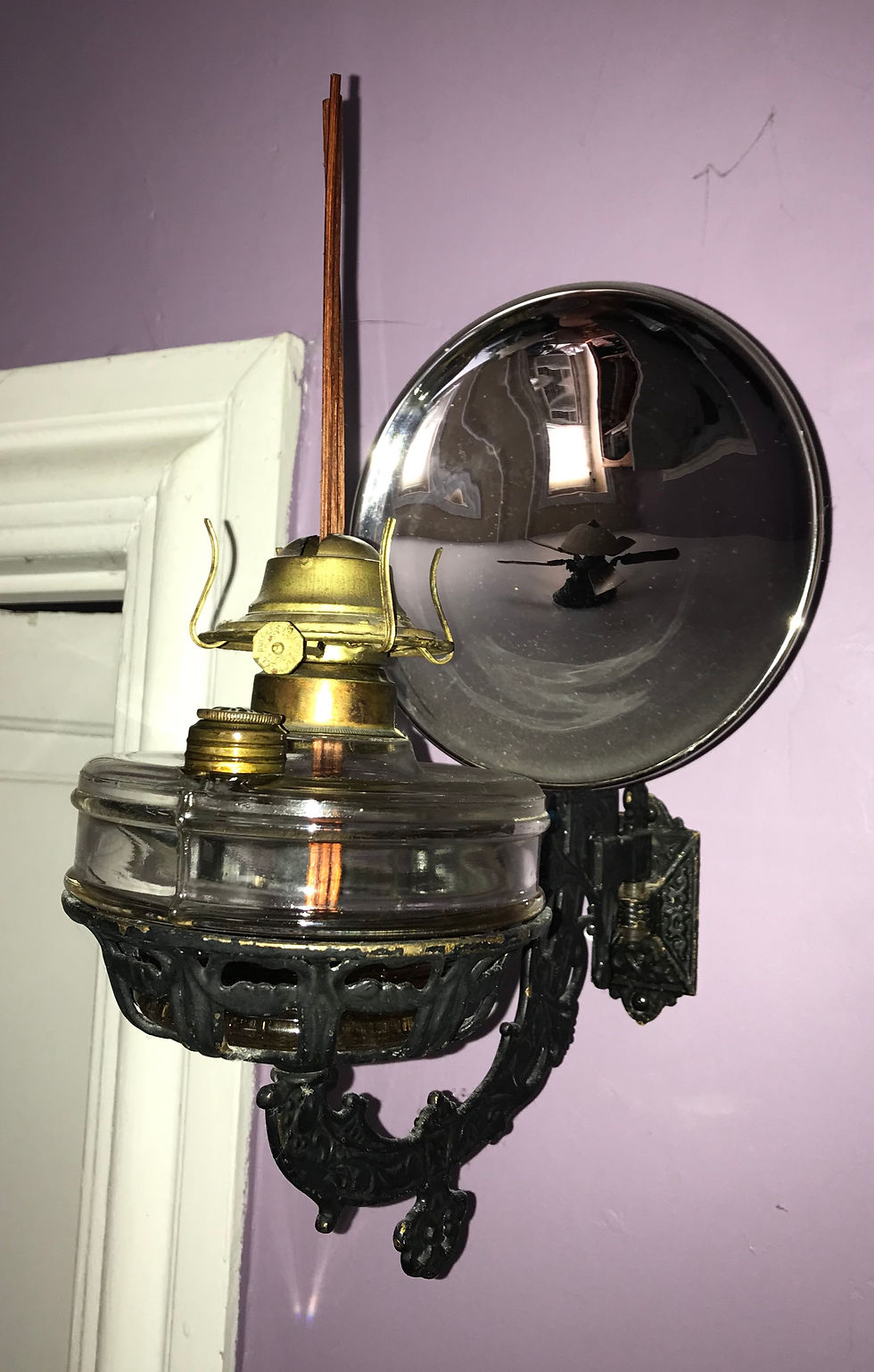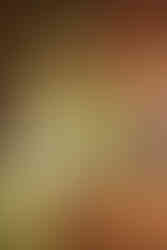Scent Diffusers - Re-using Antique Oil Lamps
- artiozen
- Oct 1, 2019
- 3 min read
Updated: Dec 14, 2021
In the 1830's farmhouse, each room would have several wall or table top oil lamps. Things would have been this way for around 50 years and then some houses received gas lines and gas lamps (not evidence of that for mine). Then around 1920 electrification. With the eventuality of the power going out and being prepared I like to collect and maintain a group of working and decorative oil lamps. In the meanwhile there are more fragrant uses for the bodies of the lamps as scent diffusers. I have been experimenting how to set them up to produce diffused scent, but then be able to return to oil burning. There are a mind boggling amount of decorative variations in table, wall and hanging (ceiling) oil lamps. Here are a few that feature in my home. I will be offering oil lamp diffuser kits for sale soon, with the optional parts to go back to oil light.

One of the first wall bracket lamp assemblies I completed. The iron arm and bracket are an original century old casting - looking good in the aged gold finish. The cast features are sharp and the real ones often feature a casting or catalogue number within them. These brackets feature a spike or loop hole to mount a reflector for the lamp flame. I found the antique gold reflector online to complete this assembly - most of the fun is searching and sourcing odd parts to remake into sets by matching or refinishing. I like the font (glass lamp base) on this one as it has a thumb hole to move around the house - good for a difuser or a light source!. This one features a fill hole in brass. The burner is an eagle flat 1" wick model - the wick is out for diffusing and the reeds are in. The brown liquid is a nice patchouli fragrance filling the lower hallway steadily.

Here is the second wall assembly up and running in the guest room. Finding the wll plate for the arm is the challenge as they are easily separated and lost. The arm features must also match the features of the wall plate - these are often designed with swing stops and locks in them to prevent a hot lamp touching upholstery or wall decor. This plate and arm seems to be a later copy / reproduction. It seems some time ago it was fashionable to have faux eclectic oil lighting of the Victorian cast iron look - these were copy cast and are a little rough and blurry in detail but just as aesthetic and functional. On this example there is a cast loop for a special nut which holds a reflector. This reflector is an original double wall, spun glass example. Within the glass walls is a small amount of mercury which makes the silver reflrctive properties. These are uite tough, but I still prefer to have a mercury spill kit on hand. There is no risk while the mercury is trapped within the glass. The back of the reflector features two ways of mounting - a flap / catch to mount on a bracket spike and a post that is held on a special nut - like this one. A simple glass font - sits in the bracket cup nicely and holds an eagle 1" flat wick burner. This bracket and plate could be refinished - perhamps add hanging chrystal / jewel elements strategically along it..

Here is an example of a century old hanging lamp. A nice ornate bow assembly in antique gold - this would also be ideal for some strategic crystal bling. A nice pressed glass font and the ubiquitous 1" flat wick burner. A hard to find milk glass shade with a brass finish ring. The lamp hangs from a rose assambly which hides a retract mechanism to lift and lower the lamp (if ceiling mounted) for ease of cleaning, fill and lighting. Hanging off the rose is a soot bell - often added above oil lamps to stop them blackening the wall or ceiling. This one is the bathroom and emits a sea grass scent - you can just see the 4 reeds in the burner.
Original / vintage arm and plate casting for the bedroom diffuser:
Original / authentic vintage catalogue numbers, marks and features. The originals are sharper in finish and detail (Observe the edges). Old slot headed machine screws. Crisp catalogue numbers on almost every individual piece. Later castings and reproductions were cast using the original pieces as a pattern and detail, finish and numbers became obscured. Only certain patterns were recast, so if its sharp and not the norm, it may be original.
I have about 20 types of table lamp as well as 10 or more wall bracket versions - so more to come!












Comments